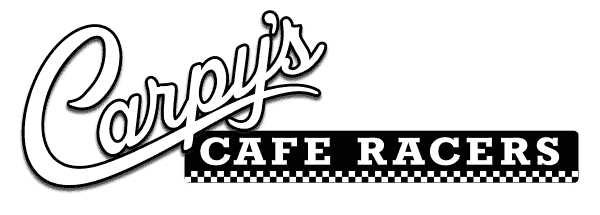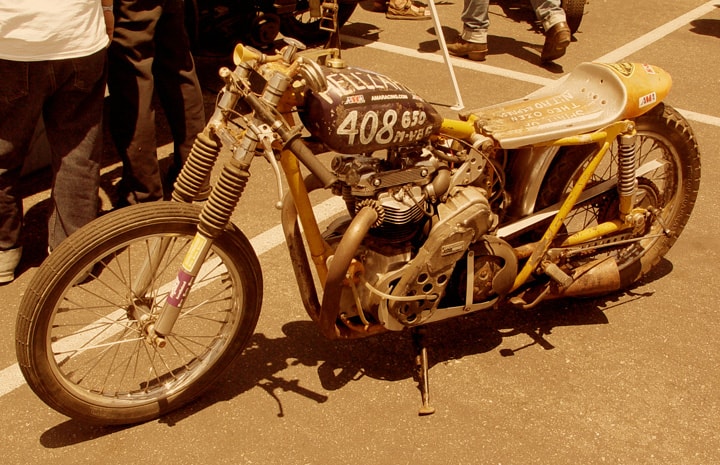SPEED WEEK 2015 HAS BEEN CANCELLED The SCTA President/Race Director Bill Lattin & the BNI Chairman Roy Creel spent this morning (July 20th) on the salt. The most they could find was 2 1/4 miles of salt suitable for a safe race course. The rest of the salt flats are either wet or wet and […]
Tag Archives: 29 ford
At the end of June I am going to be riding with the 59 Club up to Fontana to watch all the great Vintage Hot rods and motorcycles take a run up on the Quarter mile and this show is one of the best of the year, especially for a spectator as you get close […]


